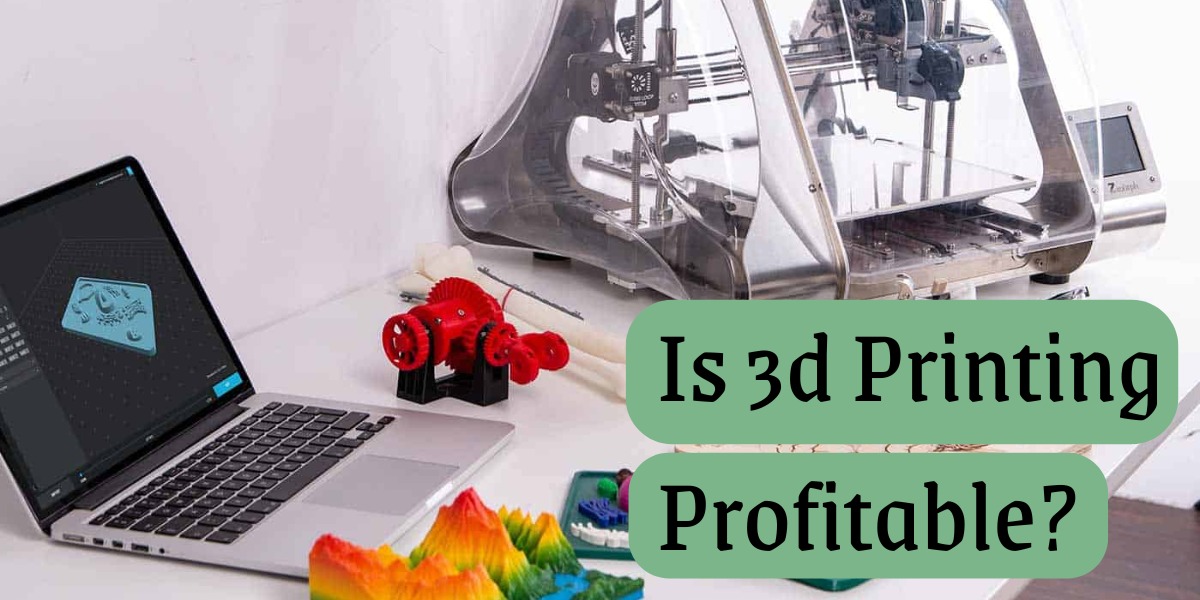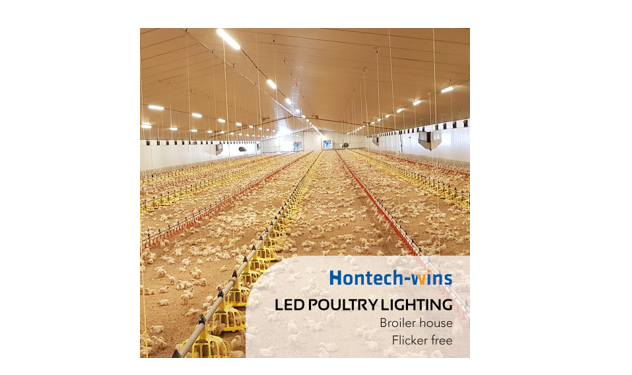Is 3d Printing Profitable?

Are you curious about the profitability of 3D printing? With the advancements in technology, it’s no surprise that this innovative method of manufacturing has caught the attention of many entrepreneurs and investors.
But with all new ventures come questions and concerns about profitability. In this blog post, we’ll explore whether or not 3D printing is a profitable industry to invest your time and resources into.
Whether you’re already involved in 3D printing or considering entering the market, get ready to discover if you can turn your passion for additive manufacturing into a lucrative business opportunity!
What is 3D Printing?
Three-dimensional printing is a process of making a three-dimensional object from a digital file. 3D printing is done using an additive process, where successive layers of material are added to create the final object.
3D printing has become popular in recent years as it offers a quick and affordable way to create prototypes and small-batch production runs. It is also being used increasingly for end-use parts and products.
The benefits of 3D printing include its ability to produce complex shapes, its low set-up costs, and its flexibility in design and materials. However, there are also some limitations to 3D printing, such as its slower speed and lower accuracy compared to traditional manufacturing methods.

The Different Types of 3D Printers
3D printers have come a long way since they were first introduced in the 1980s. Today, there are many different types of 3D printers available on the market, each with its own unique set of features and capabilities.
The most common type of 3D printer is the fused deposition modeling (FDM) printer. FDM printers work by extruding melted plastic filament through a nozzle to create layers of a desired three-dimensional shape. One of the advantages of FDM printing is that it can be used with a wide variety of materials, including PLA, ABS, and nylon.
Another popular type of 3D printer is the stereolithography (SLA) printer. SLA printers work by using an ultraviolet (UV) laser to cure layers of photosensitive resin into solid objects. The advantage of SLA printing is that it produces very high-quality prints with smooth surfaces and fine details.
However, SLA printing is typically more expensive than FDM printing due to the cost of the UV lasers and resins used. Finally, there are also multi-material printers that are capable of mixing and extruding multiple materials at once to create complex objects with various colors or even different material properties in different parts of the same object.
Multimaterial 3D printing is still in its early stages but has excellent potential for creating customized products with unique functionalities not possible with traditional manufacturing methods.
3D printing for Construction
Technology for 3D printing is being increasingly used in construction. The C3D printing company is one of the suppliers of 3D printing services Dubai. They provide their clients in the construction industry with high-quality results using the most recent 3D printing technology.
When compared to conventional manufacturing techniques, the use of 3D printing technology in construction can result in quicker construction times and lower costs. For a variety of construction needs, including the production of concrete components and the development of building molds, a C3D printing company can offer 3D printing services in Dubai.
Pros and Cons of 3D Printing
3D printing technology has come a long way in recent years, and it shows no signs of slowing down. This relatively new manufacturing process has been embraced by many industries, from medical to aerospace. But what are the Pros and Cons of 3D Printing?
Pros:
- Increased accuracy – With traditional manufacturing methods, there is always a risk of human error. With 3D printing, however, parts can be produced with much greater precision.
- Increased speed – 3D printing can significantly speed up the production process since there is no need for tooling or molds.
- Reduced costs – Because of the increased accuracy and speed, 3D printing can save money in the long run. In addition, the cost of materials is often lower with 3D printing than with traditional methods.
- Greater design freedom – With 3D printing, designers are not limited by the constraints of traditional manufacturing methods. They can create parts with more intricate designs and shapes that would be impossible to produce using other methods.
- Cons:
- Limited material choices – While there has been an expansion in the types of materials that can be printed using 3D technology, the selection is still relatively limited when compared to traditional manufacturing processes.
- Lower quality – In general, parts that are produced using 3D printing are not as strong or durable as those made using traditional methods. This is due to the fact that additive manufacturing builds parts layer by layer, resulting in a weaker bond between the layers.
- Higher setup costs – 3D printing requires a high setup cost since special software and hardware must be purchased before the printing process begins.
- Longer lead times – Due to the time-consuming nature of 3D printing, it can take significantly longer than traditional methods of manufacturing for parts to be produced.
Best 3D design and printing company in Dubai
C3D Printing is a 3D design and printing company based in Dubai, UAE. C3D offers a wide range of 3D design and printing services to businesses and individuals, enabling them to turn their ideas into reality.
C3D’s team of experienced designers uses the latest software and technology to create high-quality 3D designs that are optimized for 3D printing. C3D also offers a wide range of materials and finishes, so you can customize your product to suit your needs. Contact C3D Team today to learn more about 3D printing services.
What Can You Print with a 3D Printer?
3D printers are becoming increasingly popular as their capabilities continue to grow. So, what can you print with a 3D printer?
Just about anything! 3D printers can create objects of all shapes and sizes, from small trinkets to life-sized statues. And thanks to advances in technology, there are now more materials that can be used for 3D printing, including metals, plastics, and even human tissue.
The possibilities are endless when it comes to 3D printing. And as technology continues to develop, we can only imagine what will be possible in the future.
How Much Does a 3D Printer Cost?
3D printers are not cheap. The cost of a decent 3D printer can range from a few hundred to several thousand dollars. That said, the cost of 3D printing is coming down as the technology matures and becomes more widely available. If you’re looking to get into 3D printing, you can expect to pay anywhere from $200 – $2000 for a quality 3D printer.
Alternatives to 3D Printing
There are a few alternatives to 3D printing that can be considered when looking for a way to create prototypes or low-volume production runs of parts. These alternatives include:
- CNC Machining: This is a process where computer-controlled cutting tools are used to remove material from a workpiece to create the desired shape. This is typically used for metals, but can also be used for plastics and other materials.
- Injection Molding: This process involves injecting molten material into a mold to create the desired shape. Injection molding is commonly used for plastics, but can also be used for metals and other materials.
- Rapid Prototyping: Rapid prototyping is a process where a 3D model is created using additive manufacturing techniques (such as 3D printing) and then used to create the prototype quickly and efficiently.
3d Printing Profitable
3D printing is an innovative new technology that has revolutionized the manufacturing industry and opened up a world of possibilities. It offers businesses a cost-effective way to produce components quickly and accurately, allowing them to remain competitive in today’s market. More Post Visit.
With its low overhead costs, high degree of customization, and scalability, 3D printing can be a very profitable business for those willing to invest the time into learning how it works and finding creative ways to capitalize on its potential.




